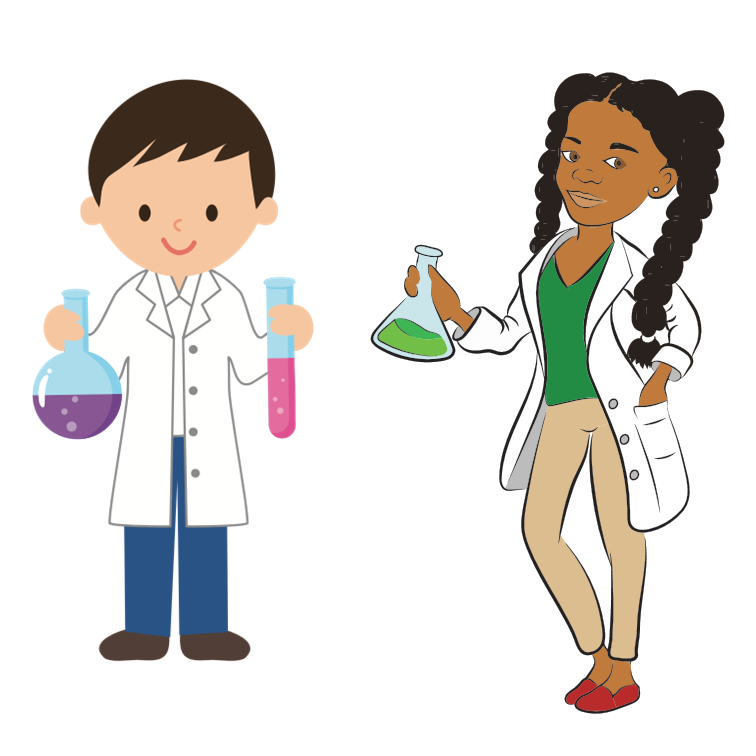
If you ask children to draw a scientist, they will probably picture a white man. There are less women than men in science, and thus female scientists are less visible for children [1]. The name of a 2020 documentary movie comes from that phenomenon: Picture a Scientist [2]. The documentary tries to answer why there is a gender imbalance in science.
A leaky pipeline and implicit bias
The main reason for this imbalance is called the ‘leaky pipeline’. The number of female/male science students are quite balanced. But women are facing difficulties when trying to get higher positions in science and therefore drop out. These difficulties include gender (and race) discrimination, and gender/sexual harassment. Examples of these types of harassment are being ignored in meetings, not getting the credits they deserve for the work they have done, men questioning their competences and talents, hostility, and subtle exclusion (e.g., being left out of an e-mail conversation). Not only women face these problems, but other minorities (e.g., ethnical majorities) have to deal with these issues too.
Sometimes, discrimination and gender harassment is caused by implicit bias. It means that we have prejudices towards people without being aware of having these prejudices. Implicit bias, although unconsciousness, is still dangerous and will impact other people. But by creating awareness, and talking about these topics, we might be able to change our behavior.
To create awareness of the ‘leaky pipeline’, the struggles women in science are facing, and our implicit biases, we watched Picture a Scientists in our research department. Unfortunately and ironically, 90% of the attendees were junior female scientists. Could this illustrate that the opinion on the importance of this topic also shows a gender imbalance? Even if you do not see discrimination and harassment happening, it does not mean that it is not happening. Scientists like to look at data, and if we look at the data it becomes clear that the leaky pipeline exists: women (and other minorities) in science are facing struggles. The time they spend on facing and fighting these issues cannot be spend on doing science.
Role models, inclusive communication and allies
After we watched Picture a Scientist, we had a round table discussion on the topic. We agreed that a role model is very important for young women in science: to see a woman who became a successful professor. Luckily we have really talented female professors in our department, as well as an appropriate gender balance even in top positions. We discussed with whom we can talk to if we ever feel that we are facing any kind of harassment. We also talked about other types of minorities: in science it is common to move to a foreign country to improve science. Then, not everyone speaks the same native language. Therefore we strive to have all formal communication in English, a language all scientists speak. Lastly, we think that having allies is really important in the fight against (implicit) bias: we should keep talking about it and we should continue creating awareness about gender imbalance.
Together, we can make science an even greater place!
More information
- The Development of Children’s Gender-Science Stereotypes: A Meta-analysis of 5 Decades of U.S. Draw-A-Scientist Studies – PubMed (nih.gov)
- You can watch the documentary movie Picture a Scientist (97 minutes) on major streaming services
